Welcome to our comprehensive guide about waterproof and tear-resistant rain gear essential for construction workers. When clouds gather and the skies open up, it's crucial for those in the construction sector to be outfitted with not just any raincoat, but with the right protective gear. In this article, we delve into the importance of waterproof and tear-resistant gear in construction, the different types available, what features you should consider when purchasing, and how to maintain it to ensure longevity. From being your protective barrier against harsh weather conditions to making you more efficient on the job, we aim to highlight why rain gear isn’t just optional, but an absolute necessity in the construction world. Get ready to delve deep and stay dry!
Importance of Waterproof and Tear-Resistant Gear in Construction
When it rains, construction sites can transform into hazardous workplaces teeming with potential threats to workers. Unexpected weather changes can lead to wet and slippery surfaces, making it easy for accidents to happen. But fear not, with the right gear, these risks can be substantially minimized. In this article, we discuss the benefit of having waterproof and tear-resistant gear in construction, focusing on how it promotes safety, comfort, and efficiency.
Safety
Safety, undoubtedly, is paramount in any construction environment. When it rains, surfaces can become slick and slippery, increasing the danger of slips, trips, and falls. Waterproof and tear-resistant gear comes as a lifesaver during these situations.
- Slip and Fall Prevention: Waterproof boots with deep tread patterns can offer workers grip even on slippery surfaces, reducing the risk of slip-related accidents.
- Protection from Elements: Waterproof gear can effectively shield workers from getting drenched, safeguarding them against potential health threats like hypothermia.
- Avoidance of Equipment Damage: Moreover, tear-resistant gear can protect workers from sharp objects and equipment, minimizing the risk of injuries.
"Safety must be our first priority. With the right gear, we can substantially reduce the risk of any potential accidents."
Comfort
Aside from safety, comfort is another crucial factor to consider. Comfortable workers are happy workers and will inevitably be more productive.
- Dryness: Waterproof gear ensures that workers remain dry, making them feel comfortable even when it's raining cats and dogs.
- Ease of Movement: Tear-resistant gear is generally designed to be lightweight and flexible, allowing workers to move freely and perform their duties without any hindrance.
- Thermal Regulation: Insulated waterproof gear can help maintain an optimal body temperature, contributing to the overall comfort of the workers.
"Comfort is the key to productivity. With gear designed to keep us dry and warm, we can perform our duties without being bothered by the harsh elements."
Efficiency
Finally, let’s discuss how having the right gear can enhance efficiency and productivity at construction sites.
- Reduce Downtime: Weather shouldn't disrupt a tight construction schedule. Waterproof and tear-resistant gear enable workers to continue their tasks even in unfavorable weather, reducing downtime.
- Boost Morale: Good quality gear can also boost employee morale. Working in comfortable, protective clothing can make a significant difference in the overall mood of the workforce.
- Longevity: Such gear also tends to last longer, minimizing the frequency of replacement and saving costs in the long run.
"Efficiency on a construction site isn't just about hard work. It's about having the right gear to carry us through all kinds of weather, enabling us to stick to our schedules and deliver our best."
Irrespective of the weather, construction work must go on. Having waterproof and tear-resistant gear is not just a luxury, but a necessity that ensures safety, comfort, and efficiency for every construction worker. The right gear helps create a safer and more productive environment, highlighting its crucial role in the realm of construction.
Types of Rain Gear for Construction
Construction sites can be challenging environments, especially when the weather turns wet and windy. But don't let the weather dampen your spirit or productivity! The industry boasts a wealth of rain gear designed to keep you dry, helping you perform your duties with comfort and safety in mind. This section will provide detailed insights into the types of rain gear ideally suited for construction work, including waterproof jackets, overalls, gloves, and boots.
Waterproof Jackets
A construction worker's best friend during the rainy season is undeniably a waterproof jacket. These jackets keep the upper body dry and warm, protecting against the discomfort and potential health risks that come with extended exposure to wet conditions. Many even incorporate features like reflective strips for improved visibility and reinforced seams for added durability. If you want to stay dry and retain your agility on a construction site, investing in a quality waterproof jacket is a must.
Waterproof Overalls
For total body coverage, waterproof overalls are the way to go. Providing protection from the neck down, these overalls defend against rain and mud, offering a remarkable utility for construction workers. They're designed to be worn over one's clothing, serving as a dependable outer layer that allows movement while keeping the wearer dry. Waterproof overalls are an essential addition to any construction worker's rain gear collection.
Waterproof Gloves
Imagine holding a slippery tool in the rain or even worse, having it slip out of your hands completely. To prevent such perilous situations, waterproof gloves are the answer. These gloves ensure a firm grip, keeping your hands dry and safe. They also offer thermal insulation, protecting against the cold. With waterproof gloves, construction workers can maintain their hands-on approach, no matter the weather.
Waterproof Boots
Last, but certainly not least, are waterproof boots. These stalwart boots provide safety from slipping incidents and keep the feet dry. They often feature anti-slip soles and steel toe caps for added safety. Plus, many are insulated to help keeps toes toasty during chilly rainfalls. In construction, foot safety is paramount, hence waterproof boots are more a necessity rather than an option.
So there you have it. For any construction professional, it's clear that with the right rain gear - waterproof jackets, overalls, gloves, and boots - rain is no more than water off a duck's back.
Features to Look for in Waterproof and Tear-Resistant Gear
There is nothing quite as important as being prepared when stepping out into the great outdoors, especially when it comes to the unpredictability of the weather. That's why investing in waterproof and tear-resistant gear is a smart move for any adventurer, be it a seasoned trekker or a beginner camper. But what features should you be on the lookout for when shopping for such gear? Let's delve into this.
Material
An essential aspect to consider when choosing outdoor gear is quality. The material it's made from can distinguish a great piece from a lousy one. If you're looking for both waterproof and tear-resistant properties, you'll need to focus on high-performance fabrics such as nylon, polyester, or durable woven canvases infused with waterproof treatments.
Tear-resistance
Think about all the times your gear might snag on a branch, scrape against a rock, or endure the wrath of a particularly strenuous hike. It's clear that tear resistance is an important feature in outdoor gear. Several techniques have been developed to test tear resistance, including the use of tensile strength machines. Besides, gear with double or triple stitching in high-resistance areas is also an advantage.
Secured Seams
Even the most waterproof material won't save your day if the seams of your gear aren't well secured. Seams need to be adequately sealed to prevent water from seeping in, keeping your gear, and, more importantly, you, dry even in a downpour.
Hood and Closures
Another feature to look for in waterproof and tear-resistant gear is the quality and efficiency of the hood and other closures. They offer extra protection, keeping the elements at bay. Ensuring closures are not only functioning well but also secure enough to withstand intense weather is crucial.
Reflective Materials
Don't underestimate the importance of visibility in low light conditions. When navigating in the great outdoors, getting lost or discovering you're not clearly visible to your hiking companion or rescue team is an unpleasant prospect. That's why gear equipped with reflective materials is vital. They enhance your visibility, especially when the skies begin to darken or during foggy conditions.
While some might argue that waterproof and tear-resistant gear may not always be aesthetically pleasing, remember, functionality should come first when preparing for an outdoor adventure. Be sure to keep these five features in mind and you’ll be well-prepared for whatever mother nature has to say about your next outing.
Maintenance of Waterproof and Tear-Resistant Gear
To uphold the durability and effectiveness of your waterproof and tear-resistant gear, regular maintenance is key. It guarantees not only your gear's longevity but also its reliability during usage. The method of maintenance revolves around three pivotal practices: Cleaning, storage, and inspections. In this guide, we'll delve into the important steps for each process, sharing tips and techniques that can significantly enhance your gear's lifespan.
Cleaning
Keeping your gear clean is not just about aesthetics; it's about functionality. Dirt, dust, and grime can gradually erode the waterproofing layer of your gear, potentially damaging it. The good news? Regular cleaning extends the lifespan of the gear, ensuring that the protective properties remain intact.
The cleaning process should be gentle, avoiding harsh cleaning agents which could strip away the protective coating. Specially formulated cleaners for outdoor gear are always a safe bet. But, before starting the cleaning process, make sure to always consult the manufacturer's care instructions, as different materials may require unique steps.
Storage
An often-overlooked aspect of maintaining waterproof and tear-resistant gear is proper storage. Storing your gear correctly when it's not in use can significantly reduce wear and tear, extending its lifespan.
After ensuring the gear is clean and fully dry, maintain it in a cool, dry place. Avoid exposing it to direct sunlight or storing it in a humid environment, as these conditions can degrade the outer protective layer. Also, don't store the gear in tight spaces or cram it into a bag. Instead, allow it to breathe and maintain its natural shape to avoid creases that could eventually lead to tears.
Inspections
Lastly, regular inspections of your gear are crucial for its effectiveness. These involve checking for any signs of damage like tears or fraying, along with verification of its waterproof effectiveness. Regular inspections ensure the gear's effectiveness at all times.
By running water over the gear, you can check if the waterproofing property is still intact. If the water beads up and rolls off—fantastic, it's still effective! If not, it may be time for a reproofing, a process of renewing the waterproofing of the gear.
In conclusion, the overall success of maintaining your waterproof and tear-resistant gear comes down to regular, effective cleaning; proper, careful storage; and routine, thorough inspections. These straightforward procedures will ensure that your gear remains durable and retains its waterproof characteristics, ultimately offering you continued peace of mind in various outdoor conditions.
Conclusion
In the taxing world of construction, being prepared for all weather conditions is crucial. From ensuring safety to increasing productivity, the right rain gear, such as the kind offered by Hurricane Raingear, can truly make all the difference. It not only shields you from the harsh elements but also provides the necessary comfort and flexibility for unrestricted movement and efficiency. Remember, investing in reliable, waterproof, and tear-resistant gear is not just about weathering the storm—it's about thriving in it. So, be sure to keep your rain gear well maintained and ready for action. Rain or shine, stay unstoppable with the right gear. All that said, we'd like to thank you for taking the time to read. Stay dry, stay protected, and continue building the world we live in.
Frequently Asked Questions
-
What materials are commonly used in waterproof rain gear for construction?
Common materials used in waterproof rain gear for construction include PVC (polyvinyl chloride), nylon, polyester, and Gore-Tex.
-
Are waterproof rain gear and tear-resistant rain gear the same?
Waterproof rain gear and tear-resistant rain gear are not the same. Waterproof gear is designed to repel water and keep the wearer dry, while tear-resistant gear is made to withstand tearing and ripping.
-
What are the benefits of using tear-resistant rain gear for construction workers?
Using tear-resistant rain gear provides enhanced durability and protection for construction workers. It reduces the risk of gear getting damaged or torn during heavy-duty tasks, ensuring longer usability and safety in challenging weather conditions.
-
Can I wash waterproof and tear-resistant rain gear in a washing machine?
Most waterproof and tear-resistant rain gear can be safely washed in a washing machine. However, it is recommended to follow the manufacturer's instructions and use a gentle cycle with mild detergent to maintain the gear's integrity.
-
What are some popular brands that offer waterproof and tear-resistant rain gear for construction?
Some popular brands that offer waterproof and tear-resistant rain gear for construction include Helly Hansen, Carhartt, Marmot, Columbia, and The North Face.



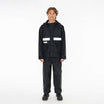
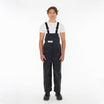
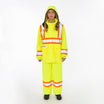
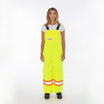
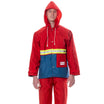
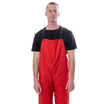
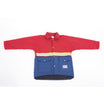
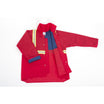
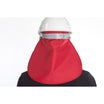

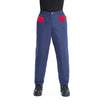
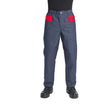
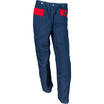
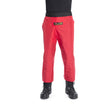
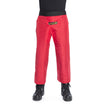
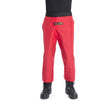
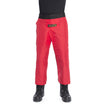
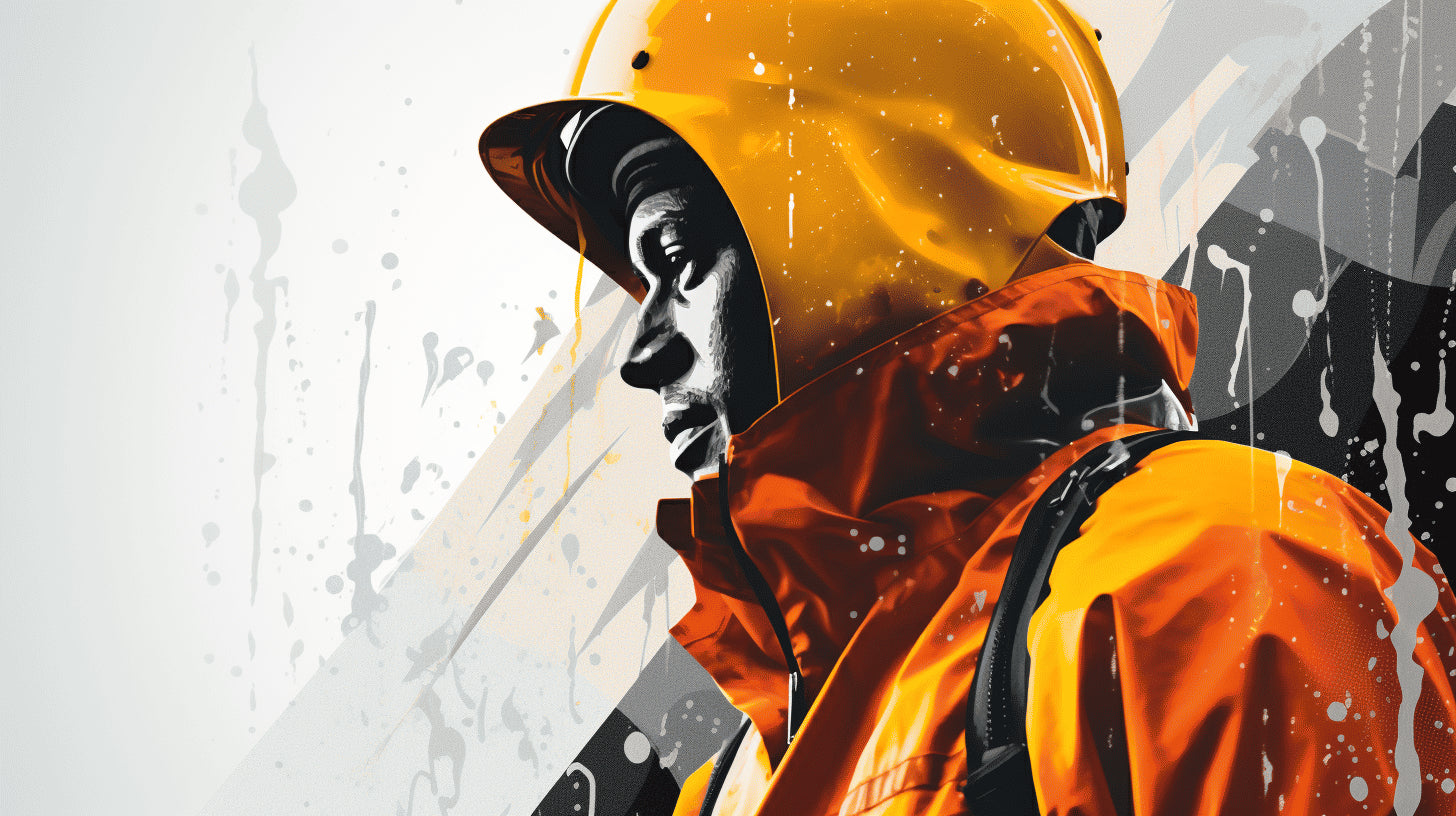


Leave a comment
This site is protected by hCaptcha and the hCaptcha Privacy Policy and Terms of Service apply.